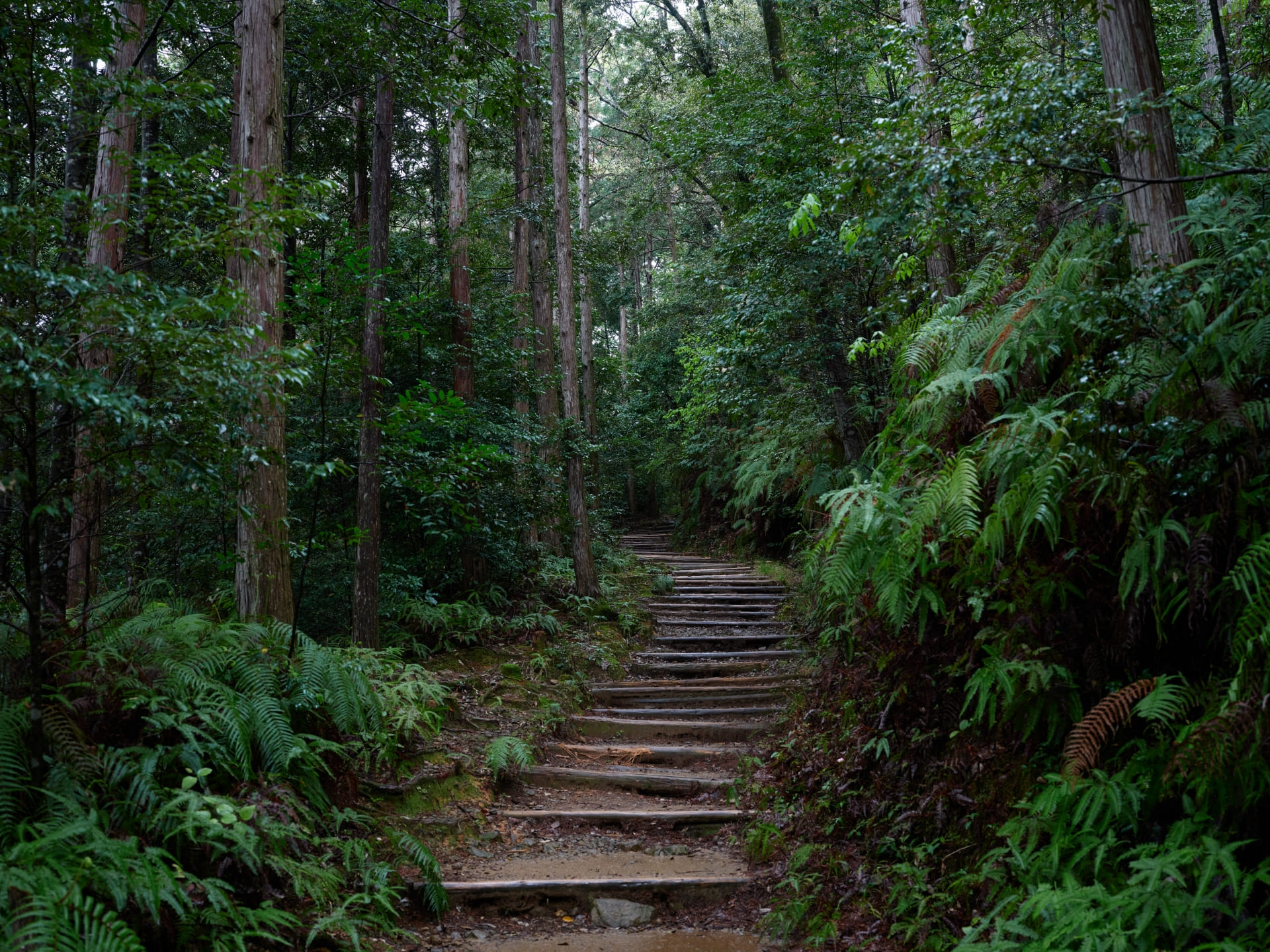-
At the presentation of the Nanki Kumano Geopark held at the Japan Cultural Institute in Paris, Mr. Ryota Morishige, head of regional marketing, gave an engaging lecture.
Mr. Morishige began by expressing deep gratitude to architect Mr. Kuma, Mr. Mizuno of Splashtop, and all the participants, as well as to the Japan Cultural Institute in Paris and the Wakayama Prefecture Office for their efforts in organizing the event.
-
"You have just seen the beautiful landscapes of the Nanki Kumano Geopark in the earlier video and presentation. I would like to talk about the religious beliefs, spirituality, and faith that arose from this Geopark, tying them to the World Heritage site, the Kumano Kodo pilgrimage route."
First, he explained the geographical location of Nanki Kumano. "It is located in the southern part of the Kansai area, home to Osaka, the second largest city in Japan after Tokyo. It is at the southernmost point of Japan’s main island, Honshu, and is blessed with a warm climate."
-
Next, two recommended routes from France were introduced.
1. Take a direct flight from Paris to Haneda Airport in Tokyo, then transfer to a domestic flight to reach the gateway to Nanki Kumano, Kumano Shirahama Resort Airport, in about an hour.
2. Fly directly to Kansai Airport in Osaka, the gateway to Kansai, and from there, travel by land for about two hours to reach the destination.
"It is an easily accessible place from both Tokyo and Osaka, so when you visit Japan, please be sure to stop by Wakayama."
-
Through this lecture, it was conveyed that the Nanki Kumano Geopark is not merely a scenic natural site, but a special place deeply connected to Japan’s spiritual culture.
By visiting the Geopark along with the World Heritage Kumano Kodo pilgrimage route, it offers a unique opportunity to experience both the natural beauty and spirituality of Japan.
-
Mr. Mizuno, an IT company executive, was asked about Wakayama's involvement in decarbonization and sustainability.
-
Mr. Mizuno responded: "I have always liked wood, and Wakayama has Kishu wood as well. However, the reality is that I often have to go to urban areas for work. For example, it's hard to get high-paying jobs unless you go to places like Paris or Tokyo. But with remote work and internet technologies, it becomes possible to do jobs for clients in Tokyo or Paris regardless of location. I hope to strike a balance where I can enjoy being close to nature while still doing fulfilling work."
-
In response, the moderator mentioned the importance of a circular economy, new work styles, and the charm of Wakayama. He also addressed issues such as population decline, depopulation in Wakayama, and the problem of Tokyo's centralization, pointing out that the relationship between cities and rural areas is key to geoparks and regional revitalization.
-
Next, Mr. Kuma was asked about the significance and value of setting up a satellite office in Wakayama.
Mr. Kuma answered: "The concentration of cities in the 20th century began with the emergence of skyscrapers. The belief was that the more people gathered, the more efficiently work could be done, but I think this was a result of humans being controlled by the device known as the landline phone. There was a misunderstanding that gathering a lot of people around a limited number of landlines would increase work efficiency, and I believe this was the biggest failure of the 20th century. Now, it's becoming more important not to gather in one place. To be happy without gathering, we need good nature, and I strongly feel that Wakayama has that potential."
-
Mr. Kuma also gave the example of the Kumano pilgrimage, saying, "Just as the Kyoto nobility looked forward to the Kumano pilgrimage, you'll understand why people tired of urban life are drawn to Kumano when you visit. There’s even a theory that an emperor abdicated just to be able to make the pilgrimage to Kumano."
The moderator agreed, referring to pilgrimage routes in France, and said that there is an essential part of human nature that seeks out the natural world.
-
Then, Mr. Mizuno was asked about new work styles utilizing IT and his vision for 10 or 20 years into the future.
Mr. Mizuno replied: "I believe spending time with family is extremely important. In the past, we often sacrificed time with family for work, but that will change. With advancements in wireless technology, we will be able to work as if we are close, even when we are far away. By reducing travel time, we will also have more time to spend with family. I believe that a rich society is one where you can cherish time with your family while working, and be able to do top-tier work not just in urban areas, but in rural areas as well."
The moderator contrasted how poorly Japanese people take vacations with how well French people do, and pointed out that Japan has much to learn from France.
The event concluded with a question about Mt. Koya and Mr. Kuma's response. This series of lectures and Q&A shed light on Wakayama's nature, culture, and sustainable initiatives, leaving a deep impression on the participants. The knowledge and experiences shared during this event are likely to serve as a first step in spreading the charm of Wakayama to the world, and will deepen understanding and interest in the sustainable development of the region.






















